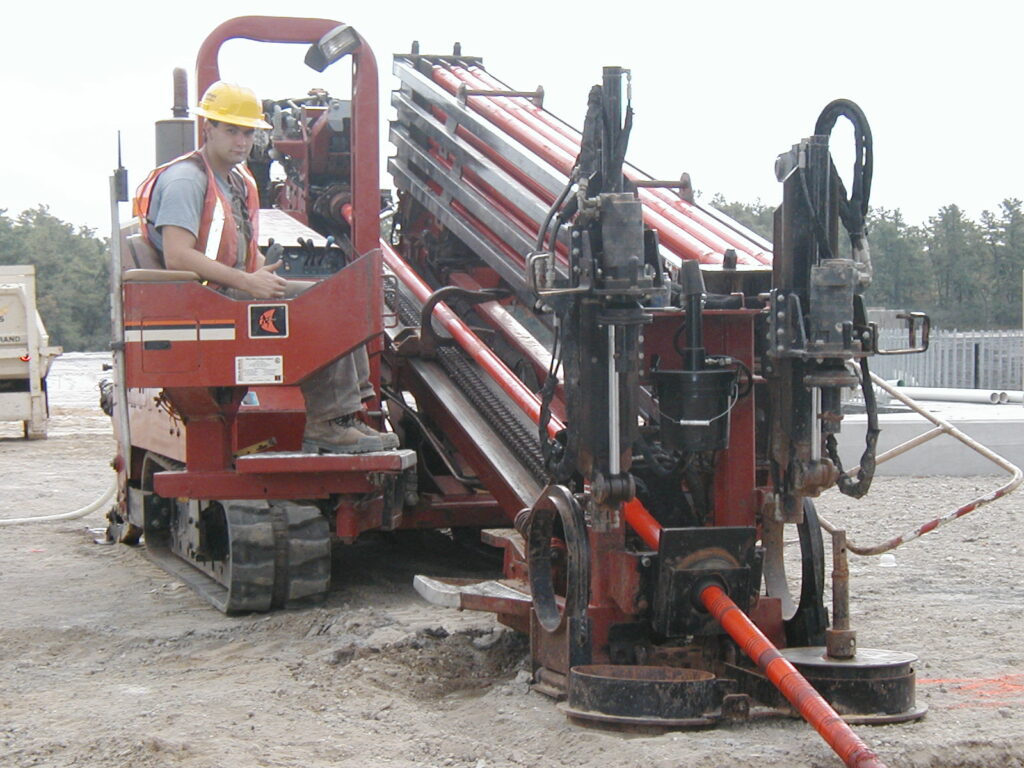Directional bore drilling has been revolutionizing the way we handle subsurface construction, delivering novel solutions for various industries. By allowing drillers to operate beneath the Earth's surface with precision, directional drilling reduces surface disruption and creates new avenues for infrastructure development. Whether it be for oil and gas extraction, utility installation, or renewable energy projects, this technique has changed traditional drilling practices.
As we immerse deeper into the world of directional drilling, we'll examine its evolution, key technologies, and the diverse applications that make it an essential tool for modern construction. From understanding the differences between vertical and horizontal drilling to exploring the benefits such as time and cost savings, this guide serves as a complete resource for those looking to understand the fundamentals and advancements in this innovative field.
Grasping Directional and Horizontal Drilling
Directional drilling technique is a technique that allows drillers to create boreholes that diverge from a straight up-and-down path. This strategy is vital for reaching resources that are not immediately below the drilling site or for setting up pipelines in urban areas where capacity is limited. Unlike traditional vertical drilling, which only gives access to the formation directly below, directional drilling gives the flexibility to access multiple drilling targets from a single location, significantly boosting efficiency.
The process of directional drilling involves a range of technologies and equipment. Drill bits, mud motors, and specialized tooling are key components that enable the drill to navigate both horizontally and at multiple angles. Advanced bore tracking and monitoring systems provide accurate navigation, enabling operators to maintain accurate control over the drill path. This capability is essential in environments where hindrances may be present, such as urban development or environmentally sensitive locations.

Understanding the variances between vertical and horizontal drilling is key for anyone investigating this field. Vertical drilling gives straightforwardness and a clear approach but is often restricted in application. In contrast, horizontal drilling can tap into more resources and is increasingly utilized across multiple industries. This flexibility not only supports efficient resource extraction but also reduces the ecological impact, making directional drilling a favored choice in contemporary engineering projects.
Benefits of Inclined Drilling
Directional drilling offers substantial benefits over traditional drilling methods, especially in terms of efficiency and cost savings. By enabling operators to drill at multiple angles, this technology minimizes the need for various drilling sites. This not only lowers the overall duration spent on a project but also decreases the financial investment required. The ability to reach various targets with a single setup results in significant savings for companies, making inclined drilling a preferred choice for numerous projects.
Moreover, another significant benefit is the minimal surface disruption related to horizontal drilling. In urban areas or sensitive environments, the ability to maneuver around obstacles without extensive excavation is invaluable. This technique facilitates the installation of services, pipelines, and other facilities without the extensive land disturbance conventional methods often entail. As a result, companies can maintain operational efficiency while also meeting ecological and regulatory standards.
Additionally, directional drilling is known for its improved precision when contrasted with traditional drilling methods. Advances in technology, such as live bore tracking and monitoring systems, improve accuracy during drilling operations. go to this website heightened precision not only leads to better resource extraction but also contributes to safer drilling practices. As a result, the risk of environmental impact is significantly reduced, making horizontal drilling an crucial method in today's construction and energy sectors.
Future Developments in Directional Boring
As the sector continues to evolve, one of the most significant trends in directional drilling is the incorporation of AI and automated systems. These innovations are set to enhance precision and productivity, allowing companies to make on-the-fly adjustments based on data insights. By harnessing AI, companies can optimize drilling paths and minimize dangers associated with manual intervention, leading to more positive results in complex settings.
Another key development is the rising use of advanced sensor technology and applications in directional drilling operations. These advancements facilitate better well tracking and monitoring solutions, providing real-time feedback on the efficiency of drilling. This ability not only enhances operational productivity but also supports safer operational practices by allowing drilling specialists to respond swiftly to unexpected variations in geological environments.
Finally, the move towards eco-friendly infrastructure is shaping the future of directional drilling. Organizations are exploring eco-friendly drilling fluids and methods that reduce ecological footprint. As urban areas continue to grow, the demand for more discreet drilling methods will grow, emphasizing the need for advancements that align with sustainability goals while maintaining cost efficiency and efficiency in infrastructure projects and pipeline developments.
